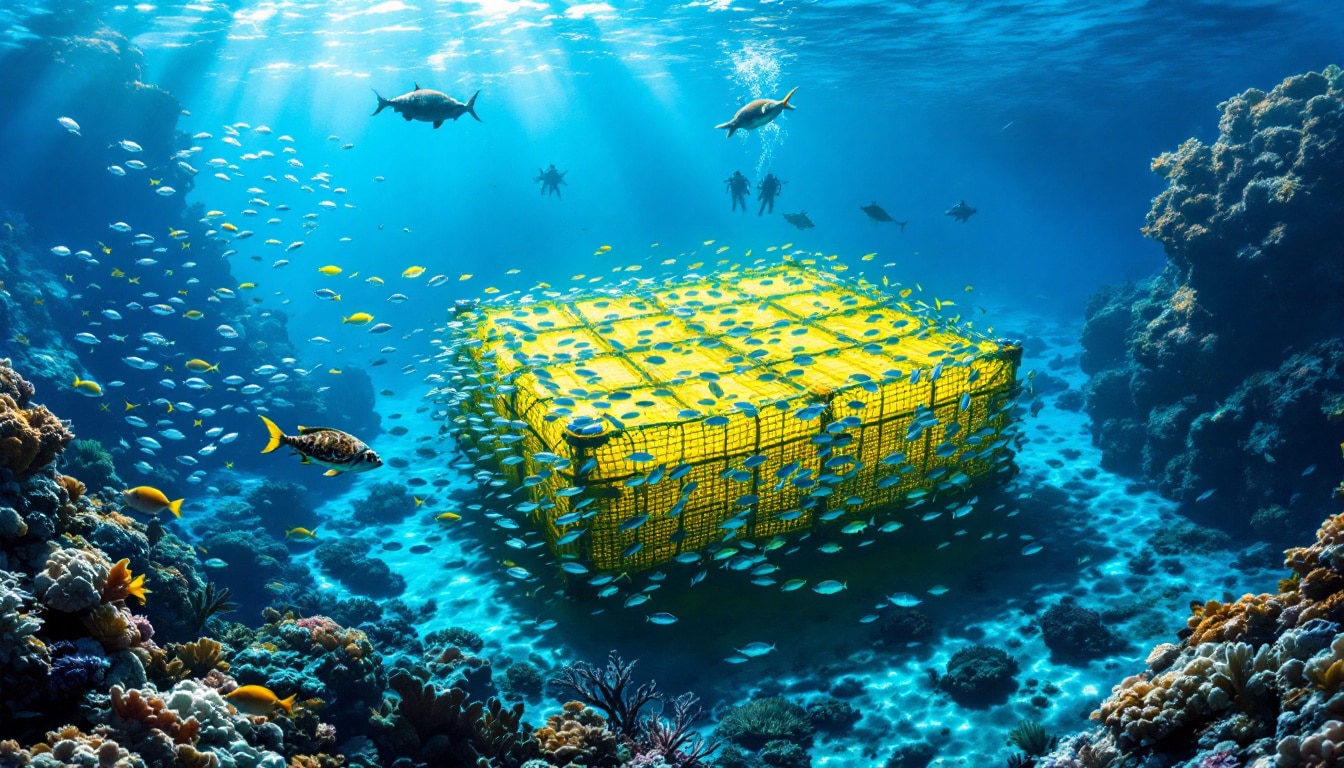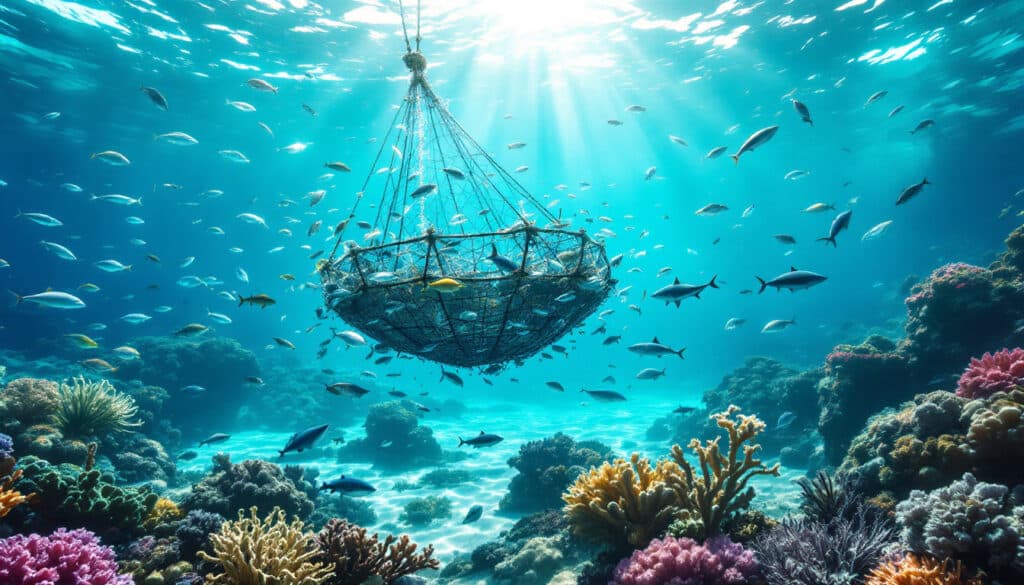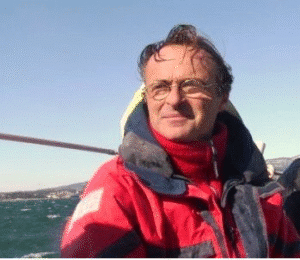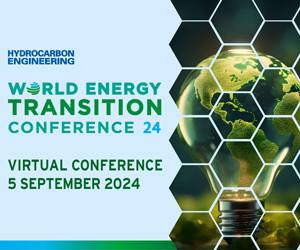Access to scientific resources represents a challenge for the advancement of marine technology. Access restrictions can hinder innovation and the sharing of knowledge. In such a dynamic sector, the free flow of information proves essential.
This limitation impacts collaboration between researchers and institutions. Moreover, it slows the development of sustainable solutions for maritime challenges. A balance between security and accessibility is necessary. The future of marine technology relies on its ability to remain open and collaborative.

Table of Contents
ToggleOverview of Fish Aggregating Devices
Fish aggregating devices, often referred to as FADs, are floating or submerged structures designed to attract fish. Primarily used in commercial fishing industries, these devices facilitate the localization and capture of marine species. FADs can be as simple as a buoy with floating objects or as complex as structures equipped with sensors and advanced tracking technology. Their design varies according to the specific needs of fishermen and local environmental conditions.
FADs play a crucial role in increasing the efficiency of fishing operations by concentrating fish in one location, allowing fishing vessels to reduce the time and effort needed to locate fish schools. However, this artificial concentration of fish has complex repercussions on marine ecosystems. By attracting not only targeted species but also non-targeted species, FADs can lead to undesirable ecological interactions.
The proliferation of FADs also has significant socio-economic implications for coastal communities dependent on fishing. While these devices can increase short-term catches, their long-term impact on fish stocks and ocean health raises growing concerns among ecologists and marine resource managers.
The Effects of FADs on Marine Biodiversity
The use of fish aggregating devices has a significant impact on marine biodiversity. By concentrating fish, FADs alter the migration and reproduction patterns of marine species. This concentration can lead to local overfishing, endangering fish populations and disrupting ecological balances. Furthermore, FADs often attract non-targeted species, including sharks, turtles, and seabirds, thus increasing the risks of bycatch and mortality of these vulnerable species.
The structures of FADs also provide temporary habitats for certain marine species, which can have short-term positive effects. However, these artificial habitats can compete with natural habitats, altering local dynamics and potentially leading to a reduction in the diversity of habitats available in the ocean. Additionally, the constant presence of FADs can create overexploitation zones where marine ecosystems are subjected to unusual pressures.
The interactions between species attracted by FADs can also lead to changes in the marine food chain. For example, an increase in predator populations in a FAD area can have cascading effects on prey populations and associated species. These modifications can reduce the resilience of marine ecosystems to environmental changes and human activities.
The Economic Benefits of Fish Aggregating Devices
Fish aggregating devices offer several significant economic benefits to the fishing industries. By facilitating the localization of fish schools, FADs allow fishermen to reduce operational costs related to searching for and tracking fish. This increased efficiency translates into savings on fuel expenses, time at sea, and labor costs, thereby increasing the profitability of fishing enterprises.
Moreover, FADs enable a faster and more predictable harvest of fishery resources. By concentrating fish, these devices facilitate the planning of fishing operations and the management of catch quotas, thus contributing to a more sustainable exploitation of fish stocks. The savings achieved through the use of FADs can also be reinvested in more advanced fishing technologies and sustainable management practices.
For coastal communities dependent on fishing, FADs represent an important source of income and jobs. By increasing fishing yields, these devices contribute to food security and local economic development. However, it is essential to balance these economic benefits with environmental impacts to ensure sustainable long-term exploitation of marine resources.
The Environmental Risks Associated with FADs
The use of fish aggregating devices presents several significant environmental risks. One of the main dangers is the proliferation of abandoned or lost FADs at sea, which contributes to marine pollution. These floating structures can become persistent “marine debris,” posing risks to marine fauna and flora. The non-biodegradable materials used in the manufacture of FADs can also release toxic substances into the ocean, affecting water quality and the health of marine ecosystems.
Furthermore, FADs can lead to overexploitation of fishery resources. By concentrating fish, these devices promote excessive catches, threatening the long-term viability of fish stocks. Overexploitation can lead to the decline of fish populations, altering ecological balances and undermining the resilience of marine ecosystems to environmental pressures.
Another environmental risk associated with FADs is the increase in bycatch. Fishermen using FADs often capture non-targeted species, including endangered or protected species. This unintended capture can have devastating consequences for the populations of these species and harm marine biodiversity. Moreover, the interactions between fish and FADs can lead to injuries and stress in marine species, contributing to their decline.
International Regulations Governing Fish Aggregating Devices
To mitigate the negative impacts of fish aggregating devices, several international regulations have been established. These regulations aim to govern the use of FADs, protect marine ecosystems, and ensure sustainable exploitation of fishery resources. For instance, conventions such as the United Nations Convention on the Law of the Sea (UNCLOS) provide legal frameworks for the management of marine resources and the protection of the ocean environment.
Regional fisheries management organizations (RFMOs) such as the International Commission for the Conservation of Atlantic Tunas (ICCAT) and the Eastern Atlantic Tuna Convention impose catch quotas and restrictions on the use of FADs to prevent overfishing and protect vulnerable species. These organizations also monitor the effectiveness of management measures and adjust policies based on scientific data and fishing trends.
In addition, specific guidelines are implemented to regulate the design and installation of FADs to minimize their environmental impact. These guidelines may include requirements regarding the materials used, loss and recovery systems, and tracking technologies to ensure responsible management of fish aggregating devices. International cooperation is essential to ensure consistent application of regulations and to promote best practices in the use of FADs worldwide.
Technological Innovations for Sustainable FADs
In response to the environmental challenges posed by fish aggregating devices, technological innovations are being developed to make these structures more sustainable and environmentally friendly. Among these innovations, the integration of biodegradable materials helps reduce the impact of abandoned FADs, thereby limiting marine pollution. Additionally, the use of advanced tracking technologies, such as GPS sensors and real-time monitoring systems, enhances the management of FADs by facilitating their localization, recovery, and maintenance.
FADs equipped with smart systems can also optimize their operation by automatically adjusting environmental characteristics to attract targeted species while minimizing the capture of unwanted species. For example, electronic or acoustic deterrent devices can be integrated to repel protected or vulnerable species, thus reducing bycatch.
Furthermore, innovations in FAD design aim to maximize their efficiency without compromising the health of marine ecosystems. Modular and adaptable structures allow customization based on local conditions and specific needs of fishing operations. These technologies contribute to more responsible exploitation of marine resources, balancing economic benefits with the preservation of biodiversity and environmental sustainability.









